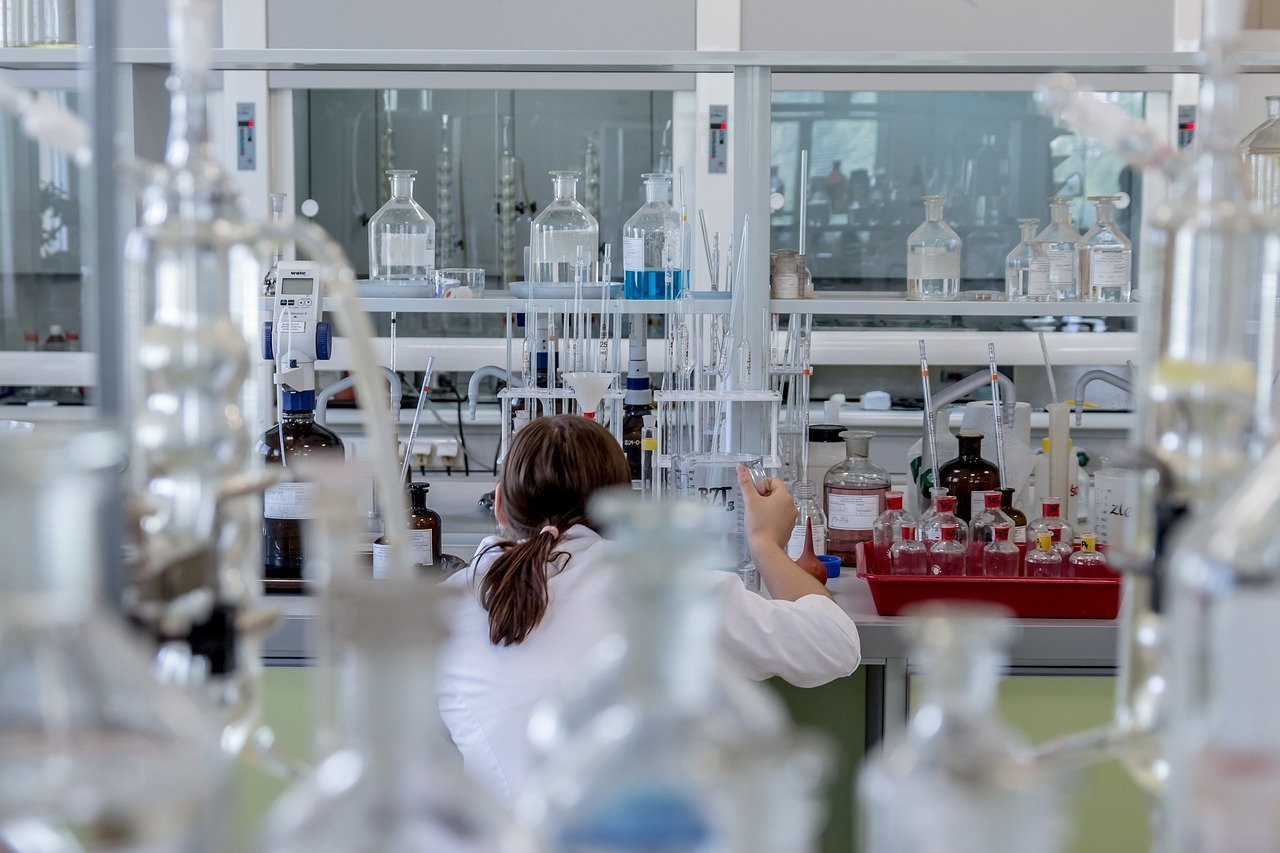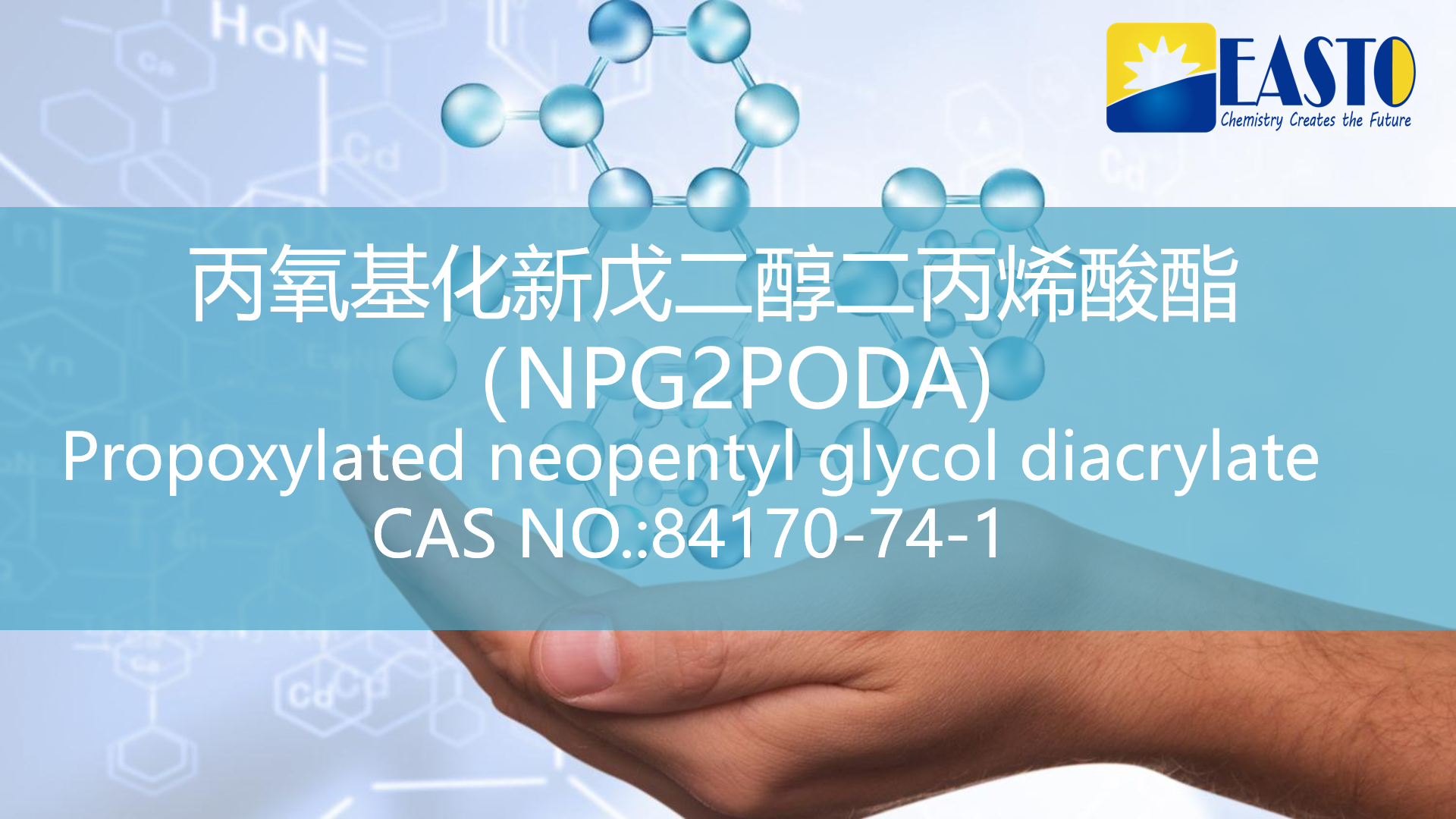Understanding UV-Cured Wood Coatings
Release time:
2025-05-25
In the wood finishing industry, technological innovation never stops. Among these advancements, ultraviolet (UV) curable coatings are gradually becoming a focal point due to their unique advantages. This article will delve into the classification, performance characteristics, application considerations, and technological developments of UV-cured coatings, aiming to provide comprehensive and rigorous insights for practitioners and enthusiasts alike.
I. Definition and Classification of UV-Cured Coatings
UV-cured coatings, as the name suggests, are coatings that cure by initiating a chemical reaction through ultraviolet energy. According to their composition and application methods, the mainstream UV-cured wood coatings currently can be divided into three main categories:
100% Active UV-Cured Coatings (100% Solids): These coatings do not contain any solvent or water; they are pure liquid chemical compositions. After application, they do not require pre-drying or evaporation and are directly exposed to UV energy to rapidly form a solid surface layer through a photopolymerization reaction. Their efficient curing process significantly improves production efficiency and reduces costs.
Waterborne or Solvent-borne Hybrid UV-Cured Coatings: These coatings contain water or solvents, designed to reduce the active (solid) content, making it easier to control the wet film thickness and/or the viscosity of the coating. Unlike 100% active coatings, they need to be fully dried before UV curing to ensure coating quality.
UV-Cured Powder Coatings: These coatings are also 100% solid compositions, typically applied to conductive substrates through electrostatic attraction. After application, the substrate needs to be heated to melt the powder, which then flows to form a surface film, followed by immediate UV curing. The resulting cured surface film is no longer heat-deformable or sensitive.
In addition, there are also "dual-cure" coatings available on the market. Besides the UV curing mechanism, they incorporate auxiliary curing mechanisms (such as heat activation, moisture reactivity, etc.) to ensure that areas not fully exposed to UV energy can also achieve curing.
Regardless of the type, UV-cured coatings ultimately form a surface layer renowned for its excellent quality, durability, and resistance properties.
II. Excellent Adhesion and Diverse Compatibility
UV-cured coatings exhibit excellent adhesion to most wood species. The key to success lies in ensuring sufficient curing conditions to achieve complete curing within the coating and good bonding with the substrate.
For naturally oily woods, such as certain specific species, surface oils can affect adhesion. In such cases, the following strategies can be adopted:
- Using Primers or "Tiecoats": Applying an adhesion-promoting primer or "tiecoat," or even a special UV-cured sealer, can effectively prevent oils, sap, and pitch from the wood interfering with topcoat adhesion.
- Surface Cleaning: Before applying the coating, wiping the wood surface with acetone or another suitable solvent to remove surface oils and contaminants can significantly improve coating adhesion.
In terms of compatibility with various stains, UV-cured coatings also demonstrate great flexibility. Whether it's 100% UV-cured, solvent-reduced UV-cured, waterborne UV-cured, or UV-cured powder systems, they can effectively seal and topcoat over waterborne, oil-based, solvent-borne, and even 100% UV-cured stains. However, to ensure the final surface effect, the following compatibility considerations should be noted:
- Waterborne Stains and Waterborne UV-Cured Stains: When applying UV-cured sealers/topcoats over waterborne stains, it is crucial to ensure the stain is completely dry. Otherwise, it may lead to coating defects (such as orange peel, fisheyes, cratering, etc.). However, waterborne UV-cured coatings generally have higher tolerance to residual dampness, as moisture can readily diffuse through the coating during the drying process.
- Oil-Based and Solvent-Borne Stains: These types of stains typically require longer drying times (possibly up to 24-48 hours or more) to achieve complete dryness before any sealer/topcoat can be applied.
- 100% UV-Cured Stains: Due to their high chemical and water resistance, direct application of subsequent coatings may result in poor adhesion. Physical abrasion or "B" staging (partial curing) is usually required to promote intercoat adhesion.
- Special Considerations for Dark and White Stains:
- Dark Stains: Dark pigments (such as yellow, orange, red) absorb UV energy, affecting the curing efficiency. For these stains, selecting UV lamps that emit energy closer to the visible light spectrum (e.g., gallium-doped mercury lamps or 395nm/405nm UV LED lamps) yields better results.
- White Stains: The white pigment titanium dioxide (TiO2) exhibits very strong absorption in the UV region. To effectively cure white UV coatings, a combination of standard mercury lamps and gallium-doped mercury lamps is often needed. The former provides surface cure, while the latter provides through cure, as gallium-doped mercury lamps emit energy in a region less effectively blocked by TiO2.
- Dark Stains: Dark pigments (such as yellow, orange, red) absorb UV energy, affecting the curing efficiency. For these stains, selecting UV lamps that emit energy closer to the visible light spectrum (e.g., gallium-doped mercury lamps or 395nm/405nm UV LED lamps) yields better results.
III. Film Thickness Control and Curing Challenges
For 100% liquid UV-cured coatings, the wet film thickness is approximately the same as the dry film thickness, with only minimal shrinkage. The final cured thickness achievable depends on the chemical formulation of the coating. Some formulations can achieve very thin films between 0.2 mil - 0.5 mil (5μ−15μ), while others can achieve thicknesses exceeding 0.5 inches (12 mm).
It is important to note that UV-cured coatings with high cross-link density (such as certain urethane acrylate formulations) are generally not suitable for single thick applications, as shrinkage during curing can lead to severe cracking. If a higher film thickness is desired, it can be achieved by applying multiple thin layers, with sanding and/or "B" staging between each layer to promote intercoat adhesion.
Oxygen inhibition is a common challenge in UV curing, especially prominent in thin film applications. Most UV-cured coatings cure via a "free radical initiated" mechanism, and oxygen in the air can interfere with this process, slowing down or even inhibiting the cure speed, resulting in an oily/greasy feel on the surface. In thin films, the surface area to total volume ratio is relatively high, making them much more susceptible to oxygen inhibition. To counteract this, inert gases such as nitrogen and carbon dioxide can be passed over the surface during curing to reduce oxygen concentration, thereby enabling full and rapid curing.
IV. Transparency and Color Applications
Transparent UV-cured coatings can provide excellent clarity and depth of image, rivaling the best clear coats in the industry. Aliphatic urethane acrylate systems, in particular, are remarkably clear and colorless when applied to various surfaces, including wood, and exhibit excellent resistance to discoloration with age. It is worth noting that low-gloss coatings scatter light more than gloss coatings, thus having lower clarity. However, overall, UV-cured coatings are equal to, if not superior to, other coating chemistries in terms of transparency.
Waterborne UV-cured coatings have also been formulated to provide exceptional clarity, wood warmth, and responsiveness, rivaling the best conventional finish systems.
As for colored or pigmented UV-cured coatings, their application is equally widespread. However, the choice of color can affect the penetration of UV energy and the curing effect. This is because the visible light spectrum is adjacent to the UV spectrum, and certain colors can effectively block the transmission of specific wavelengths of UV radiation. Pigments typically absorb a range of wavelengths; for instance, red pigments may partially absorb energy in the UVA region. Therefore, dark colors (especially in the yellow-orange-red range) and white pigments require more refined formulations and more suitable UV lamps (as mentioned earlier, such as gallium-doped mercury lamps or specific wavelength UV LED lamps), along with optimized photoinitiators, to ensure thorough curing.
V. Future Outlook and Professional Consultation
UV-cured wood coating technology continues to evolve. Its environmental friendliness (low VOCs), efficient curing, and excellent performance characteristics give it broad prospects in the wood finishing industry. However, given its technical complexity, any issues encountered in practical applications should be actively addressed by consulting professional suppliers of coatings, equipment, and process control systems. Expert advice will help in making effective, safe, and profitable decisions. With continuous technological advancements, UV-cured coatings are poised to play an increasingly significant role in wood finishing.
UV WOOD COATINGS
Latest News
Get a Free Consultancy
NANTONG EASTO MATERIALS TECHNOLOGY CO.,LTD.

No.118,Zhujiang Rd.,Juegang St.,Rudong County,
Nantong City,Jiangsu Province,226400,China




 2025-05-27
2025-05-27






